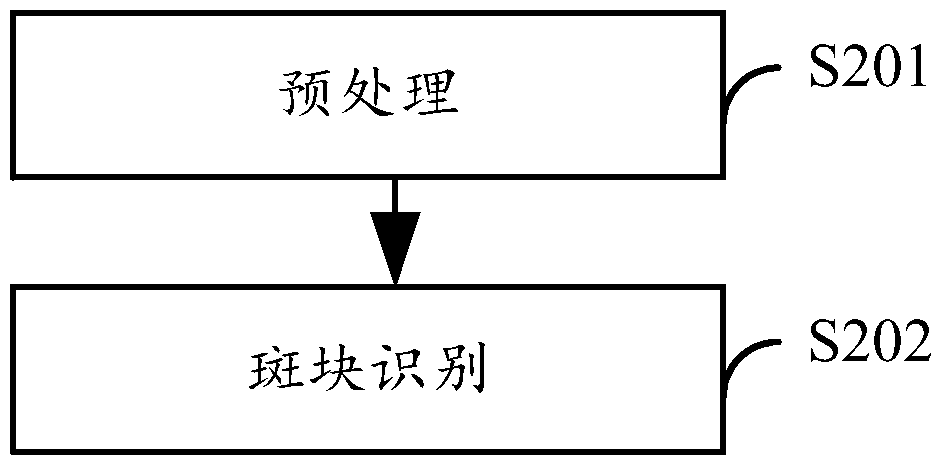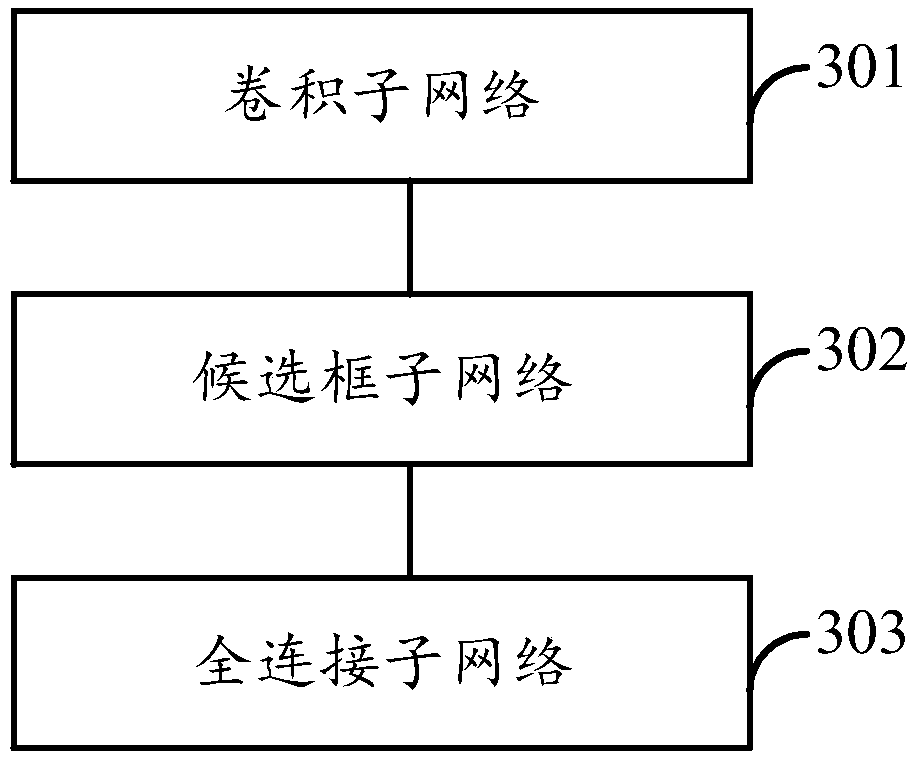Blood vessel wall plaque recognition equipment, system and method and storage medium
A blood vessel wall and plaque technology, applied in the medical field, can solve problems such as low efficiency and inability to effectively guarantee the recognition accuracy, and achieve the effects of improving recognition efficiency, ensuring recognition accuracy, and preventing recurrence
- Summary
- Abstract
- Description
- Claims
- Application Information
AI Technical Summary
Problems solved by technology
Method used
Image
Examples
Embodiment 1
[0052] figure 1 It shows the blood vessel wall plaque recognition device provided by Embodiment 1 of the present invention, the device is mainly used for: using artificial intelligence (Artificial Intelligence, AI) technology to intelligently recognize plaque in the blood vessel wall MRI image, the device can It is a separate computer and chip, and it can also be physically integrated with other equipment, such as: integrated with MRI equipment, or it can be expressed as a cloud server. Vascular wall plaques can be roughly divided into stable plaques and unstable plaques. Unstable plaques are prone to detachment from the vessel wall and cause thrombus. Unstable plaques have fibrous caps, hemorrhage, calcification, lipid core, inflammation, etc. When using AI technology to identify vascular wall plaque, it can not only identify whether there is vascular wall plaque, but also identify the type of vascular wall plaque. For ease of description, only the parts related to the embod...
Embodiment 2
[0056] On the basis of Embodiment 1, this embodiment further provides the following content:
[0057] In this embodiment, when the processor 102 executes the computer program 103 stored in the memory 101, the specific implementation is as follows figure 2 Steps in the method shown:
[0058] In step S201, the above-mentioned MRI image is preprocessed to obtain an initial image. In this embodiment, preprocessing may involve cropping the image to reduce redundant calculations.
[0059] In step S202, the initial image is input to the deep learning neural network for plaque identification, and the identification result is obtained. In this embodiment, the architecture of the deep learning neural network can adopt R-CNN architecture, Fast R-CNN architecture, accelerated regional convolutional neural network (Faster R-CNN) architecture, SSD architecture, masked area convolutional neural network (Mask R-CNN) architecture, etc.
Embodiment 3
[0061] On the basis of Embodiment 2, this embodiment further provides the following content:
[0062] In this example, if image 3 As shown, the deep learning neural network specifically includes: a convolutional subnetwork 301 , a candidate frame subnetwork 302 and a fully connected subnetwork 303 . Wherein, each sub-network processing is roughly as follows, and each sub-network processing corresponds to the detailed flow of the above step S202:
[0063] The convolutional sub-network 301 can be executed as Figure 4 In step S401 shown, feature extraction processing is performed on the initial image to obtain a convolutional feature image. In this embodiment, the convolutional sub-network 301 may include multiple convolutional neural networks, and each convolutional neural network may use a residual convolutional neural network to alleviate problems such as gradient disappearance and gradient explosion, or a non-residual convolutional neural network may be used. Convolution...
PUM
 Login to View More
Login to View More Abstract
Description
Claims
Application Information
 Login to View More
Login to View More - R&D
- Intellectual Property
- Life Sciences
- Materials
- Tech Scout
- Unparalleled Data Quality
- Higher Quality Content
- 60% Fewer Hallucinations
Browse by: Latest US Patents, China's latest patents, Technical Efficacy Thesaurus, Application Domain, Technology Topic, Popular Technical Reports.
© 2025 PatSnap. All rights reserved.Legal|Privacy policy|Modern Slavery Act Transparency Statement|Sitemap|About US| Contact US: help@patsnap.com



